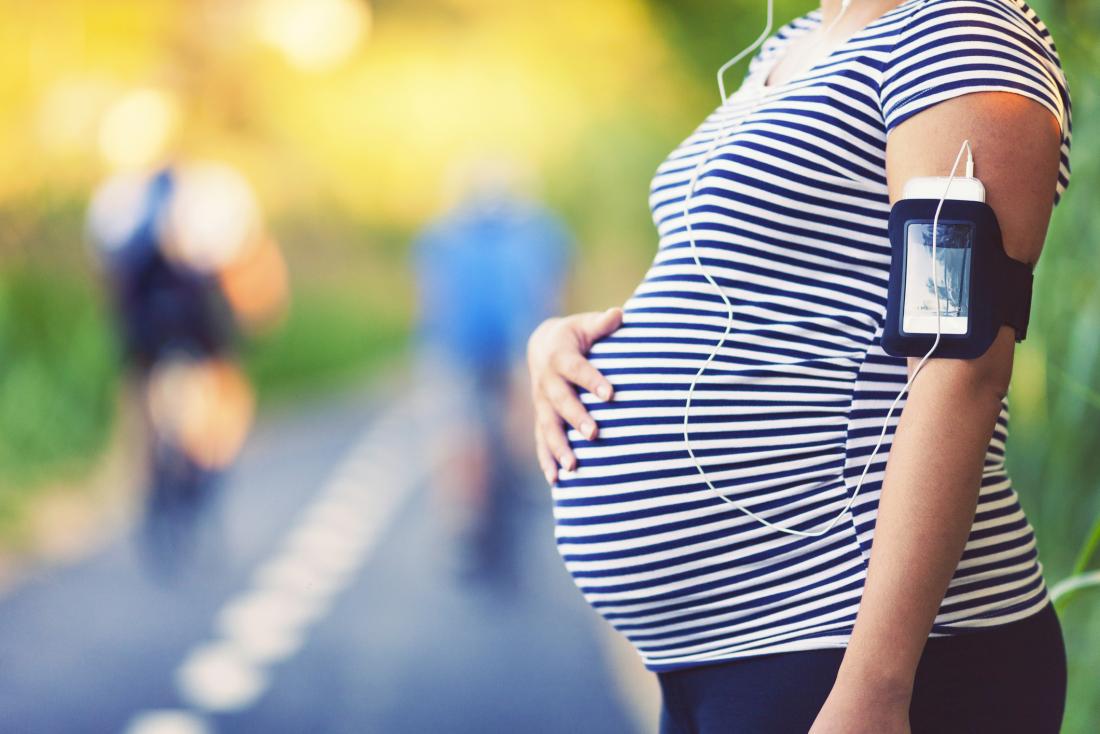Breast cancer is one of the most common cancers affecting women worldwide. It is essential for every woman to be aware of the potential warning signs of breast cancer, as early detection significantly increases the chance of successful treatment. In this article, we will outline some of the crucial signs and symptoms that may indicate the presence of breast cancer. Remember, it is always recommended to consult with a healthcare professional for accurate diagnosis and appropriate medical advice.
Introduction
Breast cancer occurs when abnormal cells in the breast grow and divide uncontrollably, forming a tumor. While breast cancer primarily affects women, it can also occur in men, although it is comparatively rare. Identifying the warning signs of breast cancer early on can lead to timely treatment and improve the chances of a positive outcome. By being vigilant and proactive about our breast health, we can take a significant step towards preventing advanced stages of breast cancer. Now, let’s explore the indicators that could signal the need for further investigation.
Warning Signs and Symptoms of Breast Cancer
1. Breast Lump or Thickening
The most common symptom of breast cancer is the presence of a noticeable lump or thickening in the breast or underarm area. These lumps are typically painless, although some may cause discomfort. It is crucial to pay attention to any changes in your breast tissue and consult a healthcare professional if you notice any persistent lumps or abnormalities.
2. Changes in Breast Size or Shape
Many women observe changes in their breast size or shape over time, but sudden and significant alterations can be a cause for concern. Watch out for unexplained asymmetry, dimpling, or puckering of the skin, as these changes could be a sign of breast cancer.
3. Nipple Abnormalities
Nipple-related changes can also be indicative of breast cancer. Pay attention if you notice any of the following:
- Nipple inversion (when the nipple turns inward)
- Discharge other than breast milk, particularly if it is bloody or clear
- Redness or scaling of the nipple or breast skin
4. Breast Pain or Tenderness
Breast pain or tenderness is a common symptom experienced by many women and is often associated with hormonal changes. However, persistent or localized pain that does not improve over time should be examined by a healthcare professional to rule out any underlying issues, including breast cancer.
5. Skin Changes
Observe any unusual skin changes on your breast, such as redness, swelling, or other texture alterations like the appearance of an orange peel. These skin changes might indicate the presence of breast cancer and warrant prompt medical attention.
6. Lymph Node Enlargement
Breast cancer can cause the lymph nodes under the arm or around the collarbone to become enlarged. While swelling in the lymph nodes can have various causes, including infection, it is advisable to consult a healthcare professional if you notice any persistent or unexplained swelling.
Conclusion
Being aware of the warning signs and symptoms of breast cancer is crucial for both men and women. Early detection can save lives, so it is vital to familiarize yourself with your breasts and conduct regular self-examinations. If you notice any of the aforementioned signs, it is always best to consult with a healthcare professional who can provide accurate diagnostic evaluation and recommend appropriate further investigations.
Remember, breast cancer can be treated successfully, especially when detected early. Stay informed, stay vigilant, and prioritize your breast health.
Frequently Asked Questions (FAQs)
Q1: Are breast cancer lumps always painful?
No, breast cancer lumps are not always painful. Many breast cancer cases involve painless lumps. Therefore, it is important to consult a healthcare professional for appropriate evaluation, regardless of whether the lump is painful or not.
Q2: What age should I start screening for breast cancer?
The American Cancer Society recommends that women with an average risk of breast cancer should start getting mammograms from the age of 40. However, it is crucial to consult with your healthcare provider to determine the best screening plan for your individual circumstances.
Q3: Can men get breast cancer?
Yes, although rare, men can get breast cancer. The signs and symptoms of breast cancer in men are similar to those in women. Men should seek medical attention if they notice any unusual changes in their breast tissue.
Q4: Can breastfeeding increase the risk of breast cancer?
No, breastfeeding does not increase the risk of breast cancer. In fact, breastfeeding has been linked to a reduced risk of developing breast cancer, particularly if done for an extended duration.
Q5: What lifestyle changes can help prevent breast cancer?
Maintaining a healthy lifestyle can contribute to breast cancer prevention. Some key factors include regular exercise, maintaining a healthy body weight, limiting alcohol consumption, avoiding tobacco use, and self-examining breasts periodically for any changes or abnormalities.

